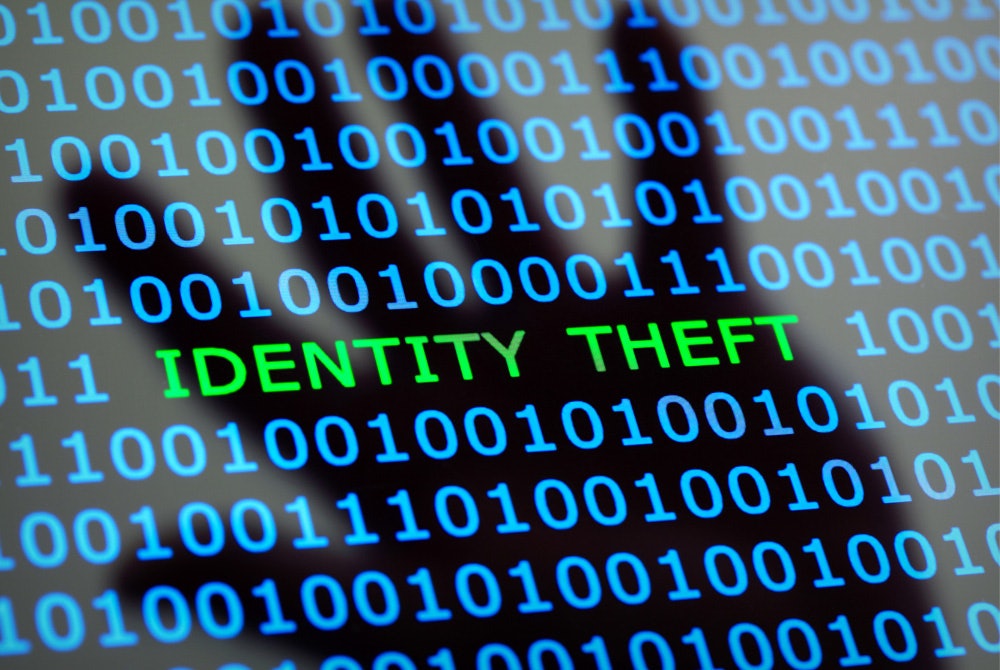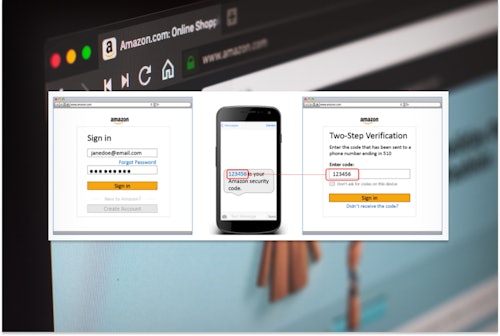- Rise in Synthetic Identity Theft
- Relationship Scams
- Growth of Identity Theft in Emerging Technologies
- Globalization of Identity Theft
- What Needs to Be Done?
- Regulatory and Legal Responses to Identity Theft
Identity theft is on the rise and has become one of the fastest-growing crimes worldwide, affecting millions of people each year.
With the increasing use of technology in our daily lives, identity thieves are finding new and innovative ways to steal personal information and commit fraud. This 2023, it is essential to understand the current trends in identity theft to protect ourselves from falling victim to this crime.
Rise in Synthetic Identity Theft
Synthetic identity theft is a type of identity theft that involves the creation of a fake identity using a combination of real and fake information. Unlike traditional identity theft, where an individual's personal information is stolen and used without their knowledge, synthetic identity theft involves creating a new identity that does not belong to any real person.
The rise of synthetic identity theft is due to its complexity and difficulty to detect. It is estimated that in 2020 there were approximately $20 billion in financial losses because of synthetic identity fraud. As identity theft becomes more rampant, we expect to see this number balloon even more.
Identity thieves create synthetic identities by combining real and fake information, such as an actual Social Security number with a phony name and address. They then use these synthetic identities to open credit accounts, apply for loans, and commit other types of fraud.
To beat identity theft, financial institutions are implementing more stringent identity verification processes. For example, some institutions use biometric authentication, such as facial recognition, to confirm the identity of individuals applying for credit or opening accounts. Additionally, the Social Security Administration is testing a new system that will use electronic verification to verify the identity of individuals applying for Social Security numbers.
Relationship Scams
Another type of identity theft that has increased in recent years is relationship scams. These scams involve individuals creating fake personas on dating websites or social media platforms to establish a relationship with their victims. The scammers then use emotional manipulation to convince their victims to provide them with money or personal information.
Relationship scammers often target vulnerable individuals, such as those who are recently divorced or widowed or those who are looking for companionship. These scammers create fake profiles and use stolen photos to establish a relationship with their victims. Once they have established trust, they may ask for money or access to their victim's personal information.
Protect Yourself from Dating Scams
To protect against relationship scams, use social media safely. Choose a dating platform wisely. Avoid divulging too much information and practice maximum due diligence.
Growth of Identity Theft in Emerging Technologies
Different technologies provide new avenues for identity theft, from artificial intelligence (AI) to virtual reality (VR).
One example of identity theft in AI is the use of deep fakes, which are realistic but fake videos or audio recordings of individuals. They are created using AI and can be used to manipulate individuals or deceive them into revealing personal information.
In VR, identity thieves can create fake environments that mimic real-life situations, such as virtual banking or shopping, to trick unsuspecting victims.
To protect against identity theft in emerging technologies, individuals should be cautious when using these technologies and ensure they are using secure and trusted devices and applications.
Organizations should also implement robust security measures, such as encryption, access controls, and regular vulnerability assessments, to protect against identity theft in emerging technologies.
Finally, policymakers should collaborate with technology companies to develop regulations and standards to ensure the security and privacy of individuals using emerging technologies.
Globalization of Identity Theft
Identity theft is a global threat, not just a local problem. It's now easier for identity thieves to operate across borders, with the internet playing a significant role.
Business Email Compromise
One example of globalization in identity theft is the rise of business email compromise (BEC) scams. BEC scams involve compromising a legitimate business email account and using it to request funds or sensitive information from employees or business partners. BEC scams are often perpetrated by individuals located in different countries and can result in significant financial losses for businesses and individuals.
Cryptocurrency
Another example of globalization in identity theft is the use of cryptocurrency for illegal activities. Its anonymity makes it a common choice among cybercriminals to launder money and commit fraud across international borders.
What Needs to Be Done?
To address the globalization of identity theft, international cooperation and information sharing are essential. In addition, law enforcement agencies and policymakers should collaborate across borders to investigate and prosecute identity thieves.
Additionally, financial institutions and businesses should implement robust identity verification and fraud detection processes to prevent identity theft and financial crimes from crossing international borders.
Individuals should also be cautious when conducting online transactions. Monitor accounts regularly for suspicious activity. Consider using identity theft software to monitor credit reports, alert individuals of suspicious activity, and provide identity theft insurance. Aura is a good option as it provides robust measures. Meanwhile, while it's from a popular company, Norton Lifelock was rated very poorly by the experts. There were concerns about its reliability and lack of depth.
Regulatory and Legal Responses to Identity Theft
The increase in identity theft has led to regulatory and legal responses aimed at protecting individuals from this crime. The regulatory and legal landscape surrounding identity theft is continually evolving to keep up with new trends and technologies.
The legal response to identity theft includes criminal and civil penalties for those convicted of identity theft.
While regulatory and legal responses are necessary to combat identity theft, it is essential to recognize their limitations. Identity theft is a global issue that requires international cooperation and information sharing to be effectively addressed.
Additionally, the fast-paced nature of technology makes it difficult for laws and regulations to keep up with new trends and vulnerabilities.











Comments